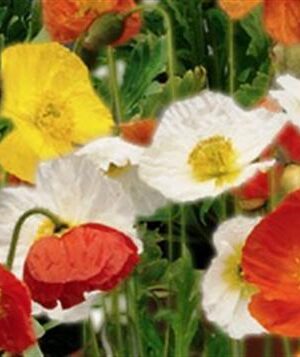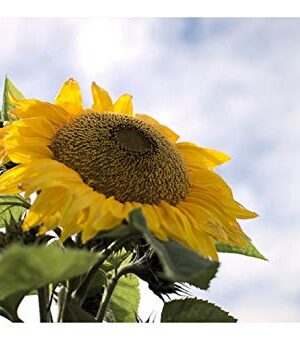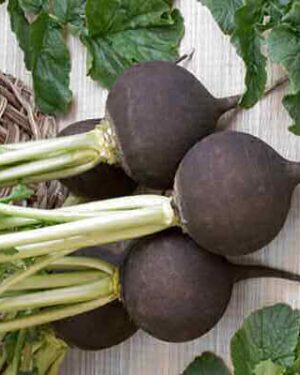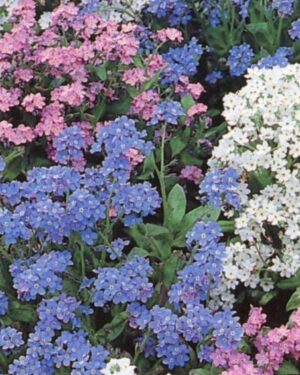Description
Nasturtium Tropaeolum Whirlybird Tangerine
Nasturtium Tropaeolum Whirlybird Tangerine. One of our favourite whirlybird colours delivering exquisite tangerine orange flowers speckled with deep almost red-orange. The bright semi-double propeller shaped upward facing flowers are held well above the compact foliage for maximum effect. Suited to borders and containers alike and flower most freely in full sun and poor dryish soils. Hardy Annual. Very easy to grow.
Cultivation Advice
- Plant Nasturtium Tropaeolum Whirlybird Tangerine seeds after the last frost date in spring. They prefer full sun but can tolerate partial shade.
- These nasturtiums thrive in well-draining soil with moderate fertility. They adapt well to various soil types but prefer slightly sandy or loamy soil.
- Sow Tropaeolum Whirlybird Tangerine seeds directly into the soil. Plant them about ½ inch (1.3 cm) deep and space them around 8 to 12 inches (20 to 30 cm) apart.
- Keep the soil consistently moist but avoid overwatering. Once established, they are somewhat drought-tolerant and require less frequent watering.
- Nasturtiums don’t typically need additional fertilization. Too much nitrogen can result in excessive foliage growth and fewer blooms.
- Apply a light layer of mulch to retain soil moisture and suppress weed growth around the plants. Take care not to cover the seeds too deeply.
- Nasturtiums can be trained to climb if desired. Provide small supports or trellises for them to climb and sprawl, especially in limited garden space.
- These plants are generally resistant to pests and diseases. However, aphids might be attracted to them. Use natural methods like neem oil or insecticidal soap if necessary.
- Both the leaves and flowers of Nasturtiums are edible, adding a peppery flavor to salads or garnishes. Harvest leaves and flowers regularly to encourage continuous growth.
- Nasturtiums attract beneficial insects like bees and butterflies, making them a great addition to a pollinator-friendly garden.
- Regularly deadhead spent blooms to encourage continuous flowering. Pruning can also help maintain a more compact and tidy plant.
- Nasturtiums are great companion plants, known for repelling pests like aphids, whiteflies, and squash bugs. Plant them near susceptible crops like cucumbers or squash.
- These nasturtiums adapt well to containers or hanging baskets. Ensure the containers have good drainage and use a quality potting mix for optimal growth.
- Utilize their trailing nature for cascading effects in hanging baskets or along garden edges. Their tumbling growth habit adds a decorative touch to landscapes.
- Allow some flowers to mature and form seed pods. Collect the seeds once the pods turn brown and rattle. Dry and store the seeds for future plantings.
- Nasturtiums are adaptable plants and can grow in less fertile soil. They even tolerate poorer soils, making them suitable for different garden settings.
- Beyond aphids, these plants are said to deter certain pests, like cabbage worms and beetles, from nearby vegetables due to their peppery scent.
- In warmer climates, provide some shade during intense summer heat to prevent wilting or scorching of leaves.
- Nasturtiums often have an early blooming period. Enjoy their vibrant blooms as they herald the beginning of the growing season.
- These plants are relatively low-maintenance once established. They are forgiving of some neglect and can thrive in less than ideal conditions.
- Both the leaves and flowers are not only visually appealing but also edible. Use them in culinary dishes for added flavor and color.
- Besides seeds, these plants can be propagated by taking cuttings or dividing established clumps, making it easier to expand their presence in your garden.
- Nasturtiums are known for attracting pollinators, which can benefit neighboring plants by enhancing pollination.
- They are generally resistant to diseases, but adequate spacing, good air circulation, and proper watering practices can further prevent issues.
- Consider planting Tropaeolum Whirlybird Tangerine alongside other Nasturtium varieties for a diverse and colorful garden display.









Reviews
There are no reviews yet.